-
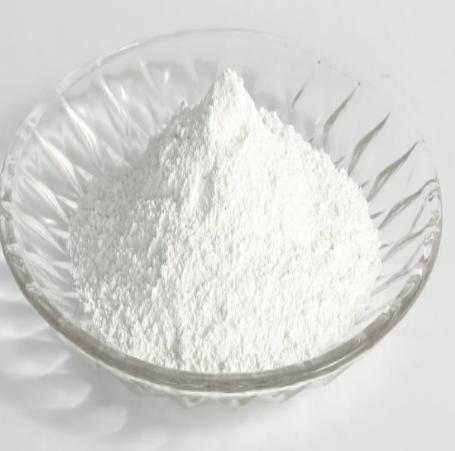
Pancreatin-5.0 (5XUSP) from hog pancreas CAS:8049-47-6
Pancreatin-5.0 (5X USP) is an enzyme mixture derived from the pancreas of hogs. It contains a blend of digestive enzymes, including proteases, amylases, and lipases, which aid in the breakdown of proteins, carbohydrates, and fats in the digestive system.
Pancreatin-5.0 is commonly used as a digestive aid and is available in supplement form. It can be beneficial for individuals with pancreatic insufficiency or those who have difficulty digesting certain foods. The enzymes in Pancreatin-5.0 help to supplement the body’s natural digestive process and assist in the absorption of nutrients.
-

BC Grade CAS:9001-37-0 Manufacturer Price
Glucose oxidase is an enzyme that catalyzes the oxidation of glucose to gluconolactone, producing hydrogen peroxide as a byproduct. It is commonly found in certain fungi and bacteria. Glucose oxidase has various applications, including its use in the food industry as a biosensor to measure glucose levels in food products. It is also used in clinical diagnostics to determine glucose concentrations in blood and other physiological fluids. Additionally, glucose oxidase is utilized in the production of gluconic acid, which has applications in pharmaceuticals, food additives, and other industrial processes.
-
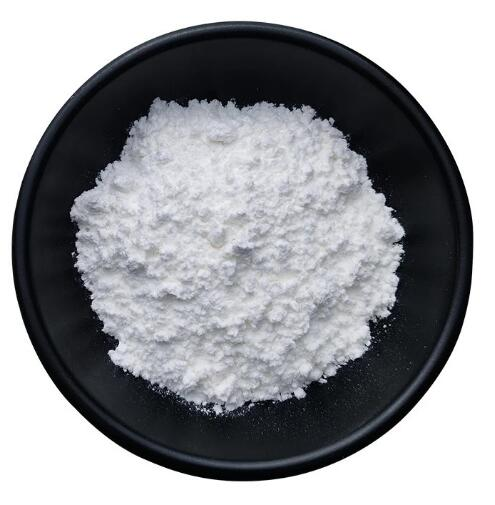
BETA-NADPH TETRA(CYCLOHEXYLAMMONIUM) SALT CAS:100929-71-3
β-NADPH tetra(cyclohexylammonium) salt is a chemical compound that is derived from β-Nicotinamide adenine dinucleotide phosphate (NADPH). It is commonly used in biochemical and molecular biology research as a cofactor and reducing agent in enzymatic reactions. The tetra(cyclohexylammonium) salt form provides stability and solubility in aqueous solutions, making it suitable for various applications. It plays a crucial role in cellular metabolism, acting as a key electron donor in multiple redox reactions involved in anabolic processes, antioxidant defense, and detoxification.
-

EC 3.2.1.31 CAS:9001-45-0 Manufacturer Price
EC 3.2.1.31 refers to the enzyme amylase, specifically alpha-amylase. Alpha-amylase catalyzes the hydrolysis of starch and glycogen into smaller oligosaccharides. This enzyme is widely found in various organisms, including humans, and plays a crucial role in digestion.In the human body, alpha-amylase is secreted by the salivary glands and the pancreas. It initiates the breakdown of complex carbohydrates into simpler forms, primarily in the mouth and small intestine. This enzymatic digestion is an essential step in the conversion of carbohydrates into glucose, which can be absorbed and used as a source of energy by cells.Outside of the body, alpha-amylase is widely used in various industries, including food and beverage, where it is used for starch liquefaction during the production of products like bread, beer, and ethanol. The enzyme’s ability to break down starch into smaller, more soluble components facilitates the handling, processing, and transformation of starch-based raw materials into desirable end products. It is also used in the textile industry for desizing fabrics, in laundry detergents for stain removal, and in the production of various starch-based products, such as paper and adhesives.
-

Hyaluronidase, purified, from bovine vitreous humor CAS:37326-33-3
Hyaluronidase is an enzyme that breaks down hyaluronic acid, a major component of the extracellular matrix in the body. It catalyzes the hydrolysis of hyaluronic acid, resulting in its degradation into smaller molecules. This enzyme plays a significant role in various physiological processes such as tissue remodeling, wound healing, and cell migration. Additionally, hyaluronidase is used therapeutically as an adjuvant in certain medical procedures and treatments, including the promotion of drug absorption, anesthesia delivery, and the dispersion of subcutaneous fluids.
-
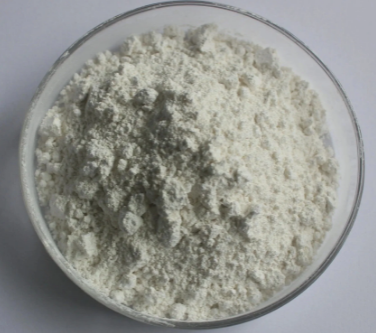
beta-nicotinamide adenine dinucleotide phosphoric acid CAS:53-59-8
Beta-nicotinamide adenine dinucleotide phosphoric acid (β-NADP) is a coenzyme involved in various metabolic reactions in living cells. It plays a crucial role in energy production, biosynthesis of macromolecules, antioxidant defense, and detoxification processes. β-NADP acts as an electron carrier, participating in redox reactions and transferring electrons from one molecule to another. It is an essential component of many enzymatic reactions involved in cellular metabolism and is widely used in research to study metabolic pathways and cellular processes.
-
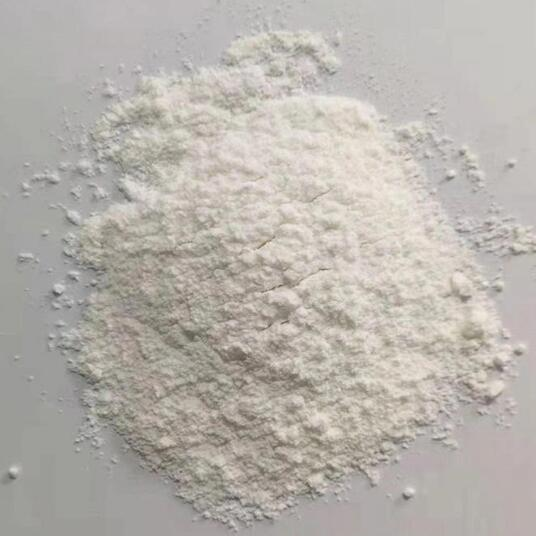
Lactase CAS:9031-11-2 Manufacturer Price
Lactase is an enzyme found in the small intestine that aids in the digestion of lactose, the sugar present in milk and dairy products. It breaks down lactose into simpler sugars, glucose and galactose, which can be easily absorbed and utilized by the body. Lactase deficiency or lactose intolerance can result in the inability to effectively digest lactose, leading to symptoms like bloating, abdominal discomfort, and diarrhea. Lactase supplements are available to help individuals with lactose intolerance digest dairy products without experiencing symptoms.
-
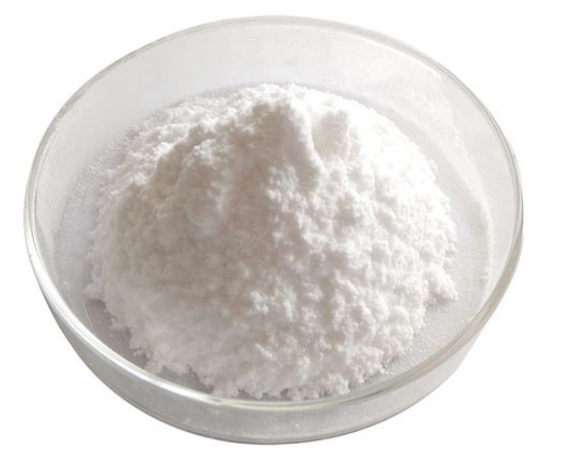
beta-Nicotinamide adenine dinucleotide trihydrate CAS:53-84-9
Beta-Nicotinamide adenine dinucleotide trihydrate, also known as β-NAD+, is a coenzyme found in all living cells. It plays a crucial role in cellular metabolism by transferring electrons during redox reactions. β-NAD+ is involved in energy production, acting as a coenzyme in several key metabolic processes, including glycolysis, the TCA cycle, and oxidative phosphorylation. It is also involved in DNA repair processes and functions as a signaling molecule in various cellular pathways. β-NAD+ is essential for maintaining overall cellular health and functioning.
-

Lactoperoxidase CAS:9003-99-0 Manufacturer Price
Lactoperoxidase is an enzyme found in milk and other bodily fluids, such as saliva and tears. It plays a vital role in the innate immune system by helping to defend against bacteria and other harmful microorganisms.
Lactoperoxidase works by catalyzing the oxidation of certain substances, such as thiocyanate ions and hydrogen peroxide, which are naturally present in milk and other fluids. This oxidative reaction produces antimicrobial compounds, including hypothiocyanite and other reactive oxygen species, that can inhibit the growth and activity of bacteria, fungi, and viruses.
The antimicrobial activity of lactoperoxidase is particularly important in situations where the immune system might be compromised or when the body needs additional protection. For example, newborns who are exclusively breastfed rely on lactoperoxidase in breast milk to help fight off pathogens until their own immune systems develop fully.
-
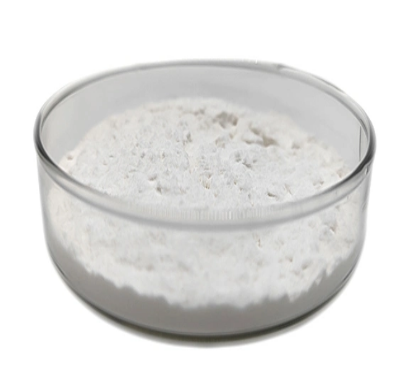
Lysozyme CAS:12650-88-3 Manufacturer Price
Lysozyme is an enzyme that is naturally produced in various organisms, including humans. It plays a crucial role in the immune system as it helps to protect the body against bacterial infections. Lysozyme functions by breaking down the peptidoglycan layer, a major component of bacterial cell walls, causing the bacteria to rupture and eventually die. This enzyme is found in various bodily fluids such as tears, saliva, and mucus, where it acts as a first line of defense against bacterial pathogens. In addition to its antimicrobial properties, lysozyme is also used in various industries, including food preservation, as a natural preservative due to its ability to inhibit the growth of certain bacteria.
-

Bacillopeptidase B CAS:9014-01-1 Manufacturer Price
Bacillopeptidase B (BPB) is a type of protease enzyme that is derived from Bacillus species. It is primarily known for its ability to cleave peptide bonds within proteins, leading to their breakdown and degradation. BPB exhibits a broad specificity and can effectively hydrolyze a wide range of peptide substrates.
Due to its proteolytic activity, BPB is commonly used in various industrial and biotechnological applications. It is frequently employed in protein purification processes to remove unwanted proteins or cleave specific peptide sequences. BPB can also be utilized for protein structure analysis, as it can selectively cleave specific peptide bonds within a protein to generate fragments for further characterization.
Moreover, BPB has potential applications in the food industry, where it can be used to modify protein structures in order to improve the functional properties of food products. For example, it can enhance the heat stability of milk proteins or improve the texture and flavor of meat products.
In addition to its industrial applications, BPB can also play a role in biomedical research. It can be used to investigate protein-protein interactions and identify key binding sites within proteins. Furthermore, BPB has the potential to be employed in therapeutic treatments, as it can selectively degrade or modify specific proteins associated with diseases.
-
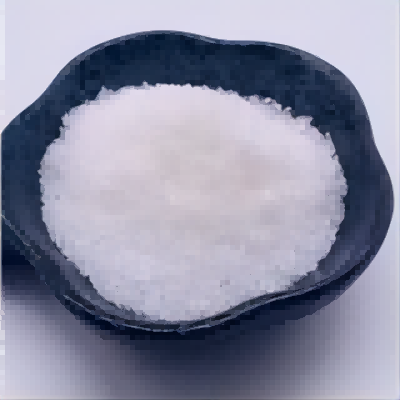
Magnesium Stearate CAS:557-04-0 Manufacturer Supplier
Magnesium stearate is a kind of fatty acid salt type anionic surfactant with its appearance being white powder with slight special smell and creamy feeling. It can be soluble in hot aliphatic hydrocarbons, hot arene and hot grease but insoluble in alcohol and water with being decomposed into stearic acid and corresponding magnesium salts in case of acid. Magnesium stearate has an excellent adhesion property to the skin with excellent lubrication property. It can be applied to powder products in cosmetics and can improve adhesion and lubrication.

